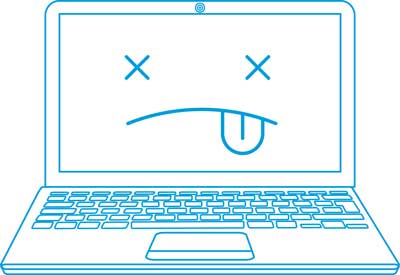
404 Error
OOPS, SORRY WE CAN'T FIND THAT PAGE!
Either something went wrong or the page does not exist anymore.

404 Error
OOPS, SORRY WE CAN'T FIND THAT PAGE!
Either something went wrong or the page does not exist anymore.

477 N. Lindbergh Blvd, Suite 220, St. Louis, MO 63141
© 2023 Koven Technology, Inc.